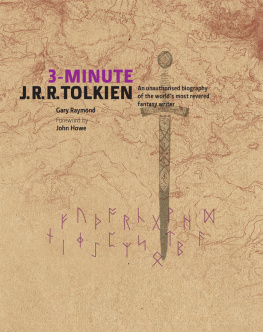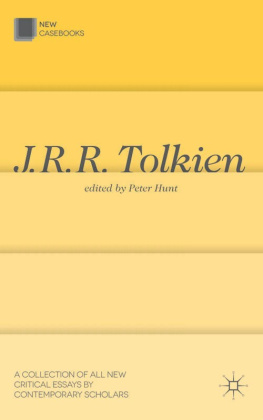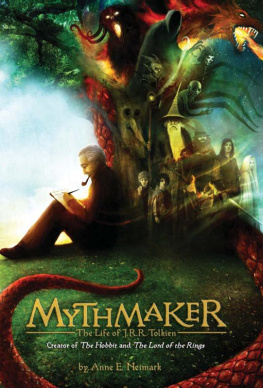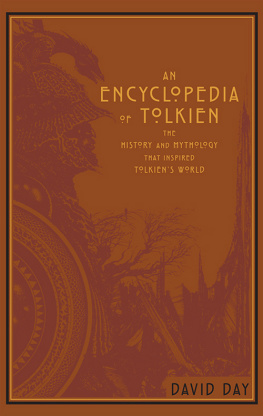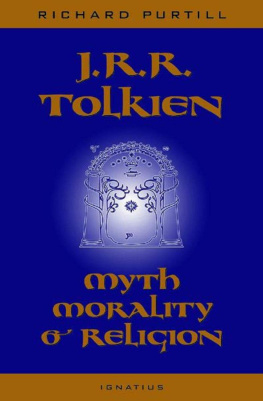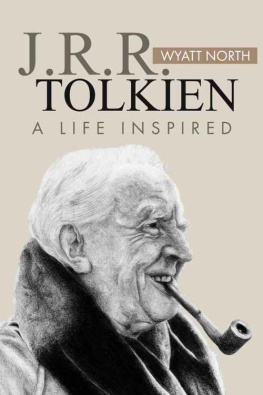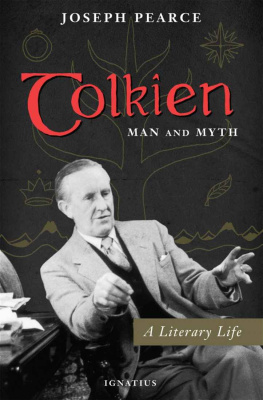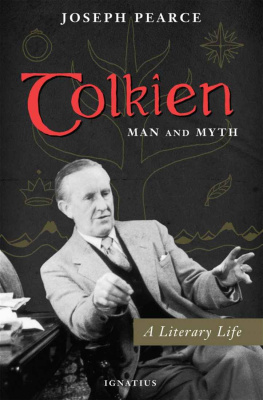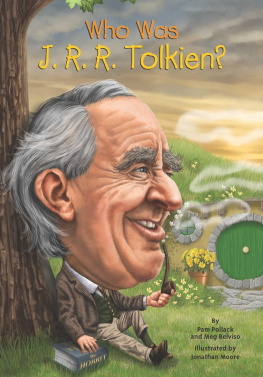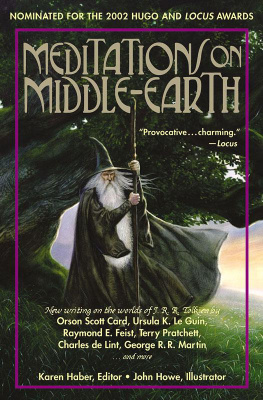3- MINUTE
J. R. R. TOLKIEN
An unauthorised biography of the worlds most revered fantasy writer
Gary Raymond
Foreword by John Howe


First published in Great Britain in 2012 by
Ivy Press
210 High Street, Lewes
East Sussex, BN7 2NS, UK
www.ivypress.co.uk
Copyright The Ivy Press Limited 2012
All rights reserved. No part of this publication may be reproduced, stored in a retrieval system, or transmitted, in any form or by any means, electronic, mechanical, photocopying, recording, or otherwise, without prior written permission from the publisher.
British Library Cataloguing-in-Publication Data
A CIP catalogue record for this book is available from the British Library.
ISBN 978-1-78240-023-3
This book was conceived, designed, and produced by
Ivy Press
210 High Street, Lewes, East Sussex BN7 2NS, U.K.
www.ivy-group.co.uk
CREATIVE DIRECTOR Peter Bridgewater
PUBLISHER Jason Hook
EDITORIAL DIRECTOR Caroline Earle
ART DIRECTOR Michael Whitehead
DESIGNER Glyn Bridgewater
PROJECT EDITOR Jamie Pumfrey
10 9 8 7 6 5 4 3 2 1
Colour Origination by Ivy Press Reprographics
Distributed worldwide (except North America) by
Thames & Hudson Ltd., 181A High Holborn,
London WC1V 7QX, United Kingdom
DISCLAIMER
This biography was created by the Ivy Press and is in no way endorsed by, or affiliated with, the Tolkien Estate or Middle-earth Enterprises. Copyrights and trademarks for any books, films, articles, and promotional materials are held by their respective owners.
Contents
Foreword
Myth-making for the modern man
by John Howe
Clearly, we humans need myths. Every age of humanity has created them, to recount and to remind us of those things that carry meanings so crucial to our survival as a species. But, as we progress, we leave myths by the wayside and we find others that contain new versions of the truths we require. In our scientific age we no longer believe in myths, we have other explanations that suffice. Science and technology, reason and psychology; we have many explanations and much knowledge to tell us who and where we are in the universe.
But we still carry myths with us. We create them ceaselesslyfrom Drydens noble savages to last weeks urban legends. Ideologies are mythologised, we bust myths, we refute them, we dissect and collate them, we consign them to scholarly seminars and childrens books. We conscientiously display them, as truthful untruths, in the non-fiction section of our libraries.
Mythical tales are never untruthful. They reflect the irrepressible desire for things as they should be, they are stories that allow us to be reconciled with the human condition, with death, with our forever-lost origins and other unanswered questions. (Science and religion adamantly provide explanations, but they demand the rejection or qualification of other answers.)
But we dont tell myths any more. We feel weve grown out of them in a way, and that meaning must be explicit to be understood. Naturally, we are wrong, because the truth of myth is never signposted. It is cloaked and encrypted in symbol and allegory, it is linked to etymology and history, it is not an itemised set of reminders or a simple cautionary tale.
A century ago, T. E. Hulme qualified Romanticism as spilt religion. Today, he might well have said the same of modern fantasy and our appetite for it. Much fantasy is more form than substance, but occasionally an author redefines the genre with an enduring and personal revisiting of those themes that have been ever-present in myths since they began being told.

Myths are stories from which time has stripped much meaning. If we are dutiful readers, we know the symbolism of each character, who personifies the seasons, how earth-diving creation myths came about, which pagan gods have become saints. We can follow the threads from culture to culture, but while this does inform us, it does not necessarily take us on a journey. But it is undoubtedly on a journey through myth that J. R. R. Tolkien invites us. The underlying density of his tales is built on those things he did not invent but which he spent a lifetime diligently mapping. And, as with all true myths, in Tolkiens tales we are caught up in the story, swept along by the narrative, and reach the end with the odd sentiment that we have understood something, although we cannot put our fingers on it. And nor should we.
Our grasp of the meaning of Middle-earth should be intuitive, as instinctive as the authors need to weave meanings into his narrative. But our connection with the mythology of this fantasy landscape need not stop there. Tolkiens work can be seen as an open door into an invigorating and eternally relevant world vision; it can help us understand the worlds of those who created the myth cycles we all know in their far drier and more scholarly or comparative forms, to bring them alive through his conviction and energy, to make them magic again. Tolkien invites us to imagine being swept away in the depth and breadth of a telling and to blink at the sudden making of sense that has come unawares.
Enchantment is not simply entertainment, it is an opportunity for deeper understanding of the world and humanitys place in it.
We need myths. We would do well to listen attentively when they are told so well.

21 August, 2012,
Wellington, New Zealand
How the Book Works
This book tells the story of J. R. R. Tolkien in three parts. The first chapter explores Tolkiens life, narrating how a childhood talent for learning languages and inventing new ones, and a love for the countryside of his youth, were forged in the furnace of the First World War into a creative force that found expression in the imagined landscape of Middle-earth. The literature and mythology with which Tolkien described and developed this fantasy world are the subjects of the second chapter. It considers The Hobbit and The Lord of the Rings alongside lesser-known work, academic achievements, and significant books such as The Silmarillion. The final chapter describes Tolkiens influence and the almost magical spell that his writing continues to cast over popular culture, from literature and art to computer games and music; and, of course, the films that have led a whole new audience to join the Tolkien fellowship.

3-minute J. R. R. Tolkien
Each chapter of this book is made up of twenty 3-minute features. So, in the Works chapter you will find separate features on The Two Towers, magic and religion, and Middle-earth. Every feature has three paragraphs, each dealing with one aspect of the main topic. For example, the feature on Magic and Religion (below) has paragraphs on the nature of evil (linking the character of Sauron to Catholic theology); magical powers (considering the role of sorcery within the Middle-earth mythology); and religion, gods and wizards (assessing the faiths of Tolkiens imagined races). A single paragraph will take you about one minute to digest, meaning that each feature can be understood in about three minutes. So, 3-minute J. R. R. Tolkien!

